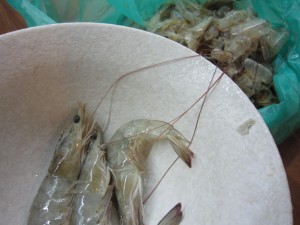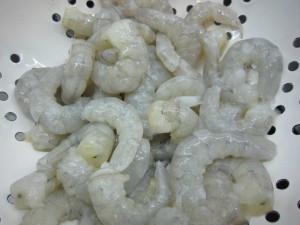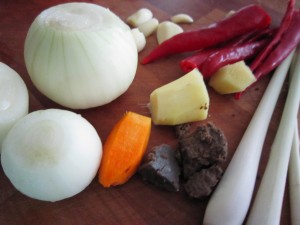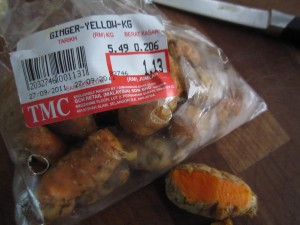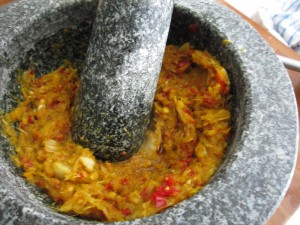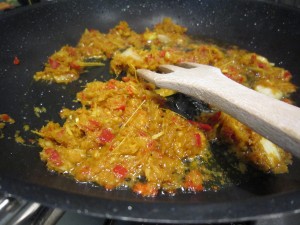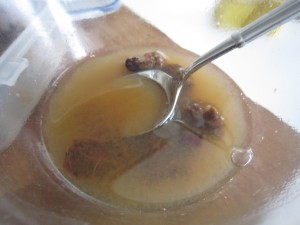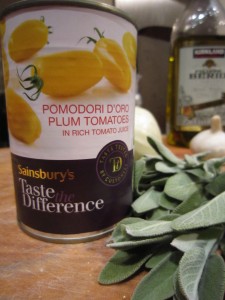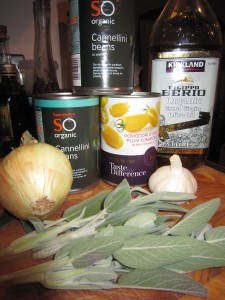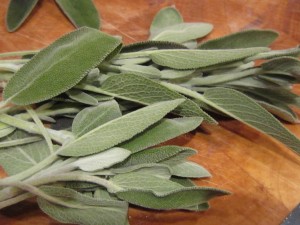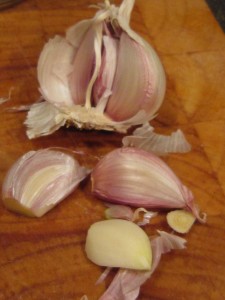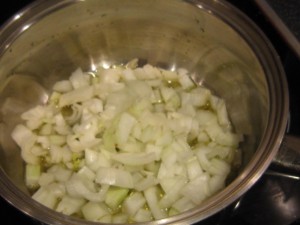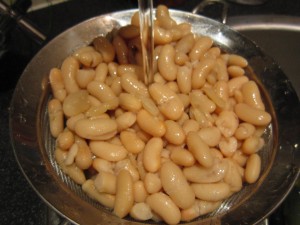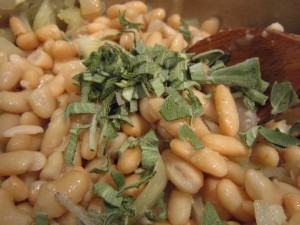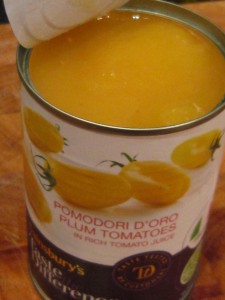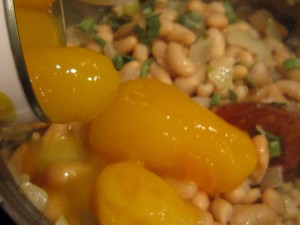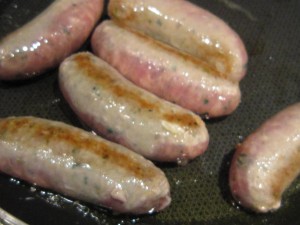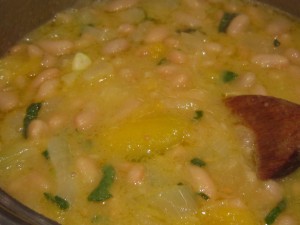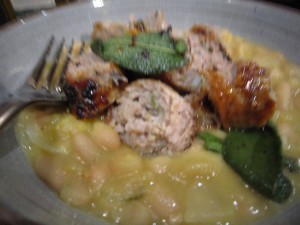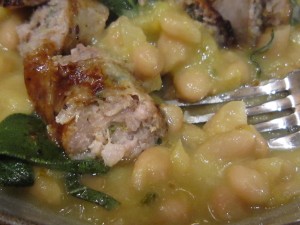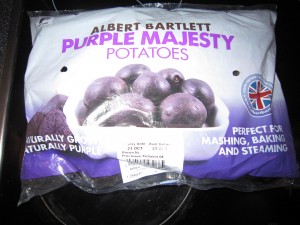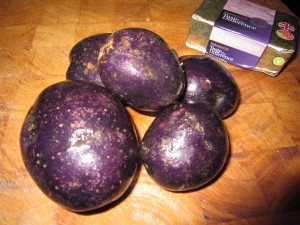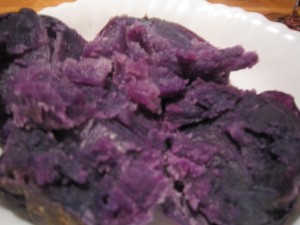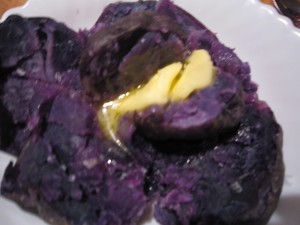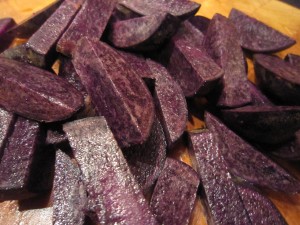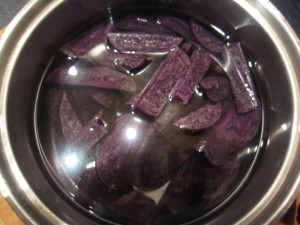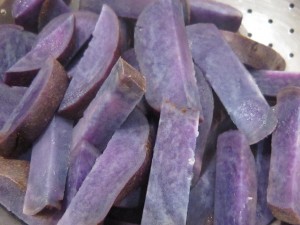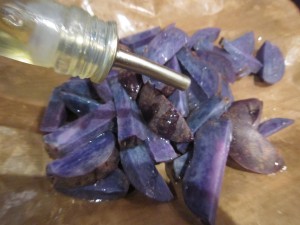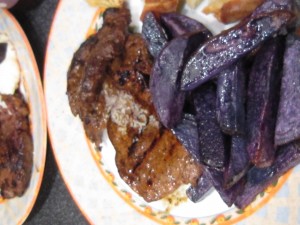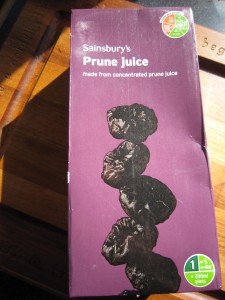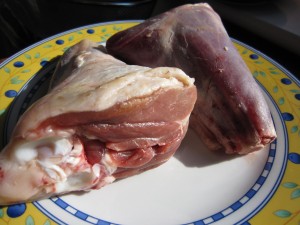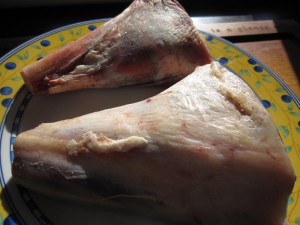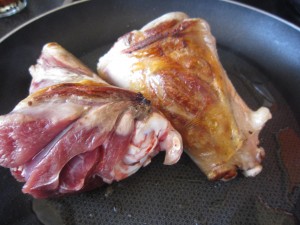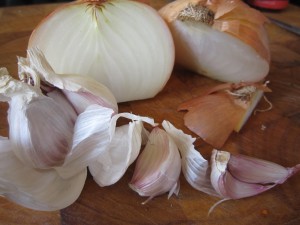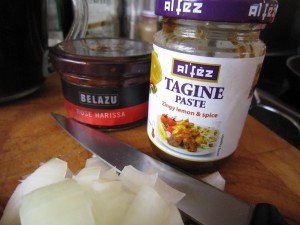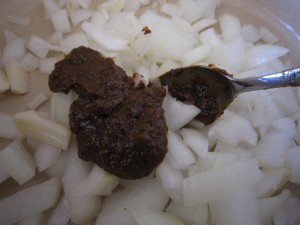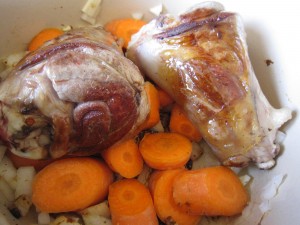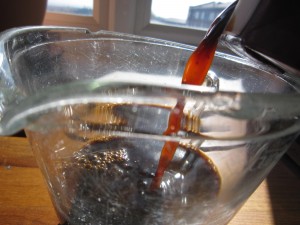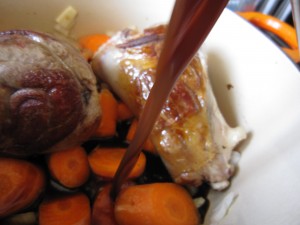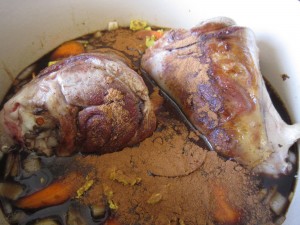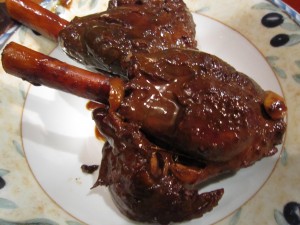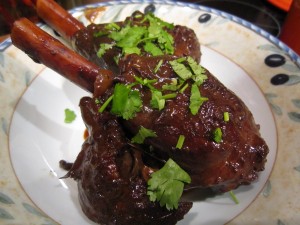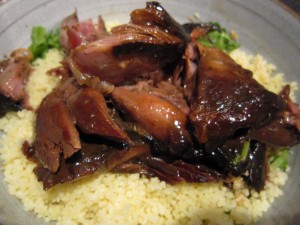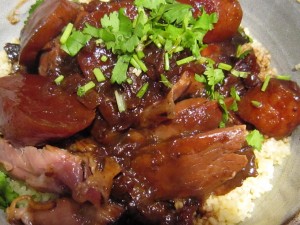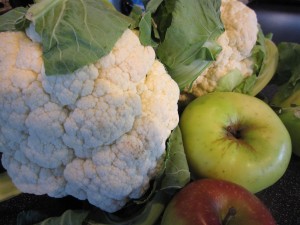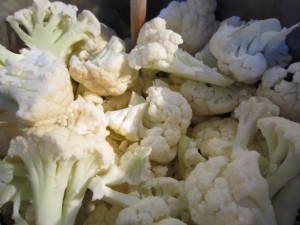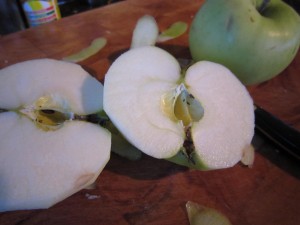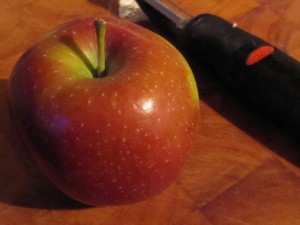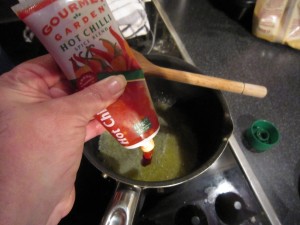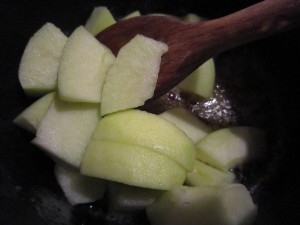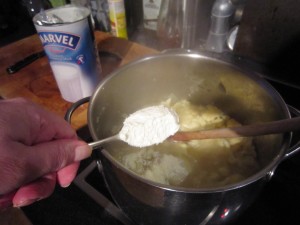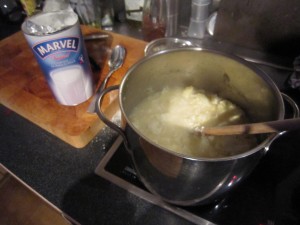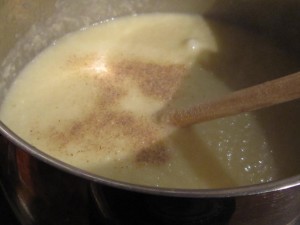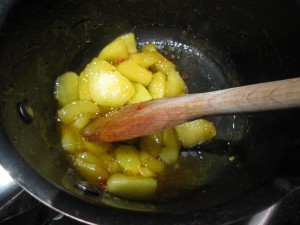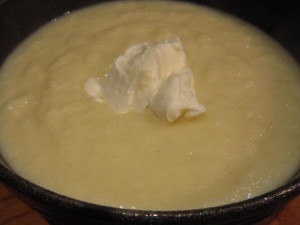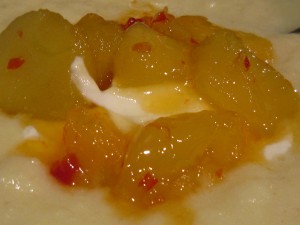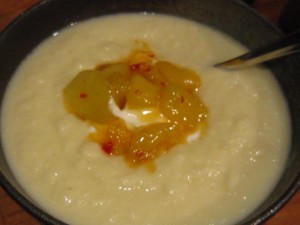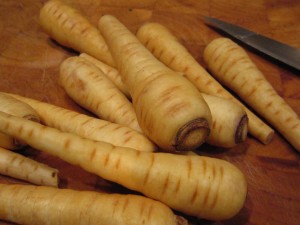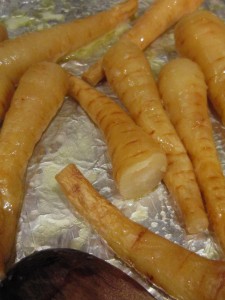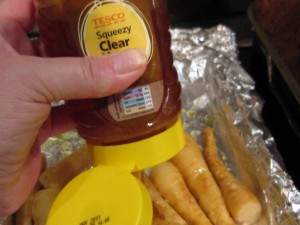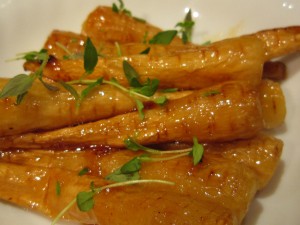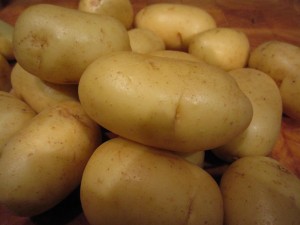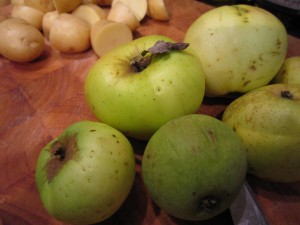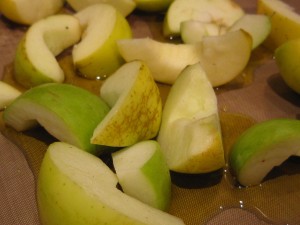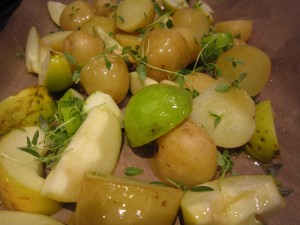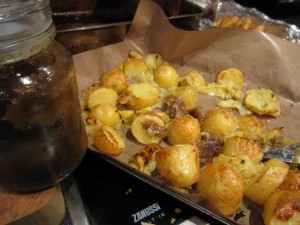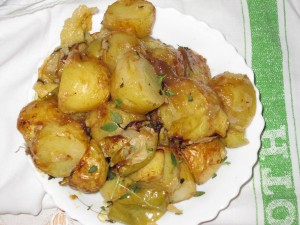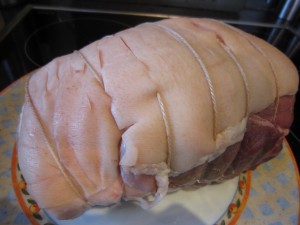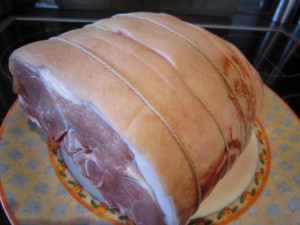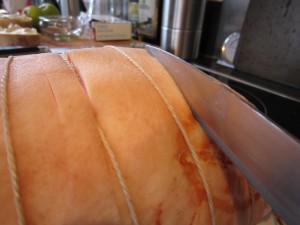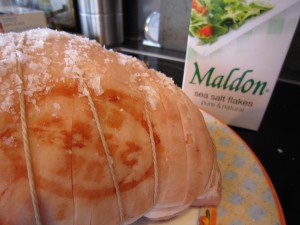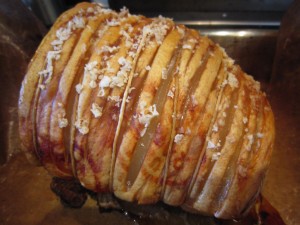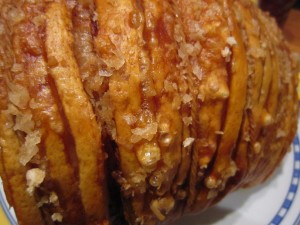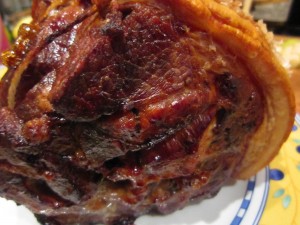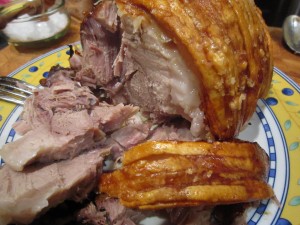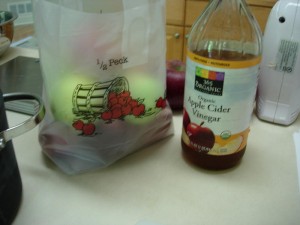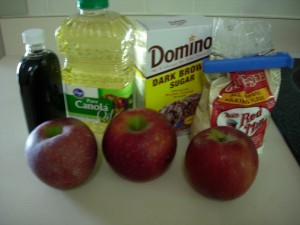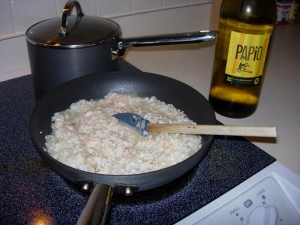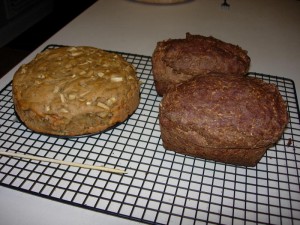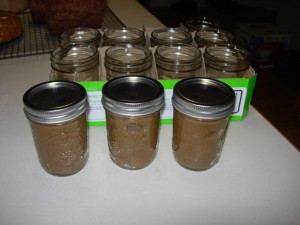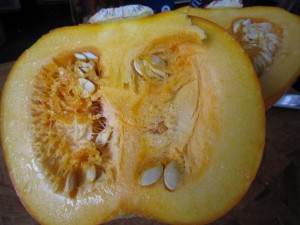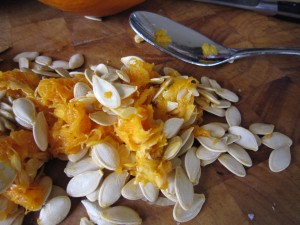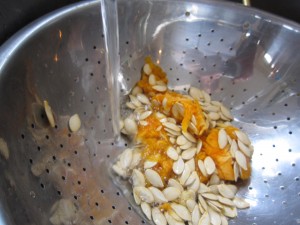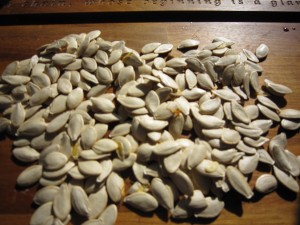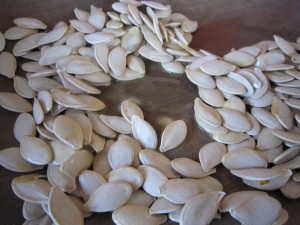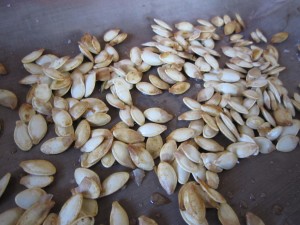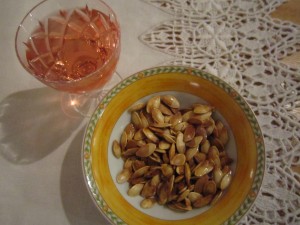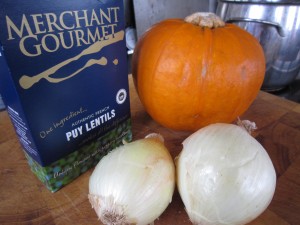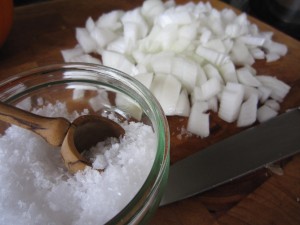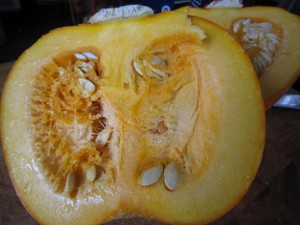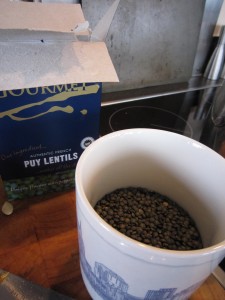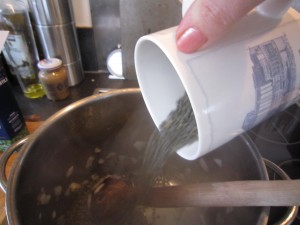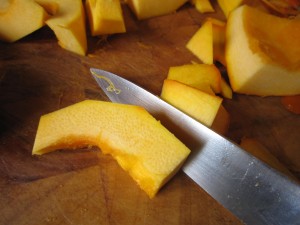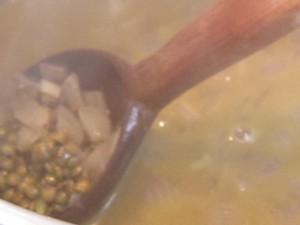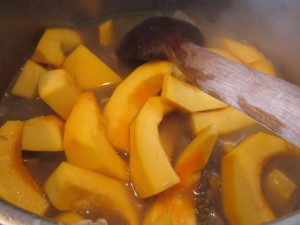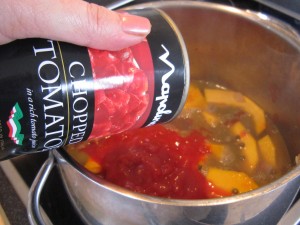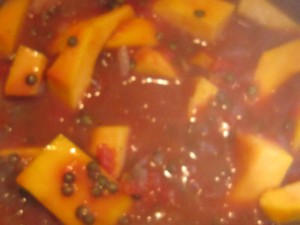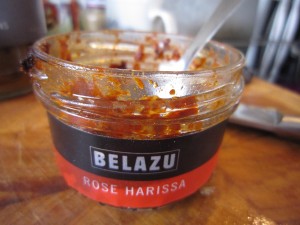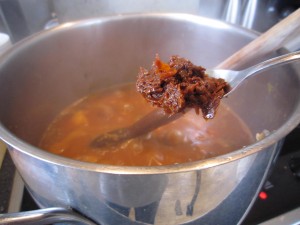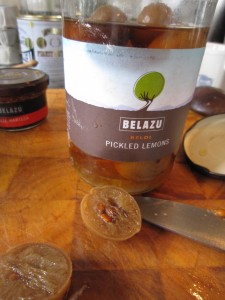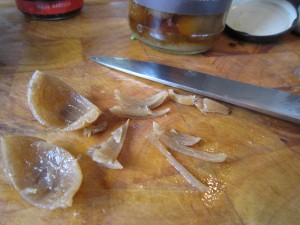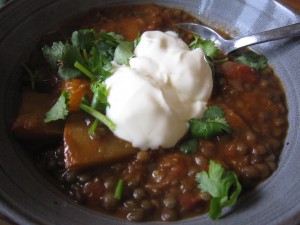When I first met the Bear, I knew he was pretty special. I knew, in that deep down way, that he was someone I wanted to spend my life with. There was this sense of recognition. I know people always say you will KNOW when you meet the right person, but I suppose I never really believed them…. except, it’s true. I knew when I met him that he was the one for me. He was perfect.
Well…. almost perfect. He had some pretty fixed ideas about food……and that didn’t suit me. Broccoli? He’d get a stubborn look on his face and turn his head away. Shellfish? Nope. He wouldn’t eat that either.
Well, ask yourself, do you really think I was going to let him get away with that? I was determined that my life’s mission would be to make him truly omnivorous. I wanted him to know how wonderful fresh and tasty prawns were… what about the joy of eating oysters fresh off the boat? By refusing shellfish he was refusing so much.
I had a plan… and it was a plan that worked, too. He said he would refuse broccoli forever but when I made Broccoli that a Bear will eat he not only ate it without complaint but actually asked for it at other times. The Broccoli and Stilton Pastryless Pie was a winner in his eyes and he liked having it in his lunchbox to take to work. When I made Baked Polenta Pie he loved it…..and all of those dishes had broccoli in them. How did I get round his stubborn refusal? I suppose you could say that I hid the broccoli. Whenever I served the dreaded vegetable it was covered in either a deliciously light creamy sauce, or baked into other delicious stuff. It got him to eat broccoli and while he still won’t eat plain, steamed broccoli, he will eat it without complaint and a certain enjoyment. Maybe that’s what you will have to do if you have equally stubborn food-faddists.
So, I had success on the broccoli front. What I needed to work on was shellfish. We started by making him eat one prawn – just one – whenever I ordered prawns. He admitted that he was missing out on stuff and if we ever ended up living somewhere where shellfish was freely available then it would be a waste if he didn’t try. He wasn’t really enjoying it at first but he persevered. One prawn at a time. Then one day, he ‘phoned me from a trip abroad to say that he had eaten a prawn, voluntarily without me having to make him do it….. he was on the way to liking prawns!
He still wasn’t really convinced though… and then we moved here, to Malaysia. Here I can buy beautifully fresh king prawns for very little and so I started, in earnest, searching for the perfect prawn recipe that would make him love prawns. And you know what? I found it.
I’d bought a marvellous little recipe book by Betty Saw, a really well known Malaysian cook and writer, called ‘Malaysian’. It’s where I found that recipe for rendang that everyone likes. In it was this recipe for sambal santan udang, or prawn curry… it sounded delicious.
I bought 600g of king prawns (that’s 1lb 5½ ounces) and they needed to be cleaned and peeled. That’s simple enough, just tear off the head and peel off the shell
… and then once that’s done, take a sharp knife and run it down the curved back of the prawn and pull out the black vein… you can see it there. That’s the intestinal tract and you don’t want that in there.
Then, put them in a bowl in the fridge and get on with the rest of the preparation. Of course, if you can’t get fresh prawns, use prepared frozen ones. And if this makes it too expensive for an everyday meal, save this for a special occasion. You’ll thank me for it later.
As with all Malaysian cooking, the next bit involves ingredients to be ground.
The recipe book said two onions, but as a couple of mine were really small, I used three of them. Five chillies needed to be deseeded and sliced, four fat cloves of garlic had to be peeled along with four stems of lemongrass and one inch pieces of ginger and turmeric needed to be peeled. The turmeric is the bright orange piece in the middle there…. it looks like a piece of carrot.
When I first bought some, I thought it was just a differently coloured ginger… I mean, it’s not as if the label suggests anything else, is it? Anyway… if you can get some, I’d suggest you wear gloves when preparing it. Otherwise, your fingers, like mine, will turn a bright yellow and stay like that for days. If you can’t get fresh turmeric, you’ll have to use dried… maybe just under a teaspoonful will do it.
The other ingredient is belacan, which is dried shrimp or prawn paste. I know you can get this in the UK, so there’s no excuse for not getting some. I think the Malaysian belacan is a bit milder, so whereas I am using a half inch square piece, you may want to use a quarter of a teaspoon or so.
And then, as they say, have at it with a pestle and mortar. Or, if you want to, give it all a quick whizz with a blender, but don’t reduce it to a smooth paste… you need it to still have bits. (Remember, you can do this quickly and easily if you use the jars of ready prepared spices)
Now you are ready….
Start by frying the ground ingredients in three tablespoons of oil. This will take five minutes or so and you’ll smell everything coming together and the oil separates.
Pour in a can of coconut milk and stir everything round, bringing it to the boil.
Now, if you were to taste the creamy coconut and spice sauce you’d like it, but what it needs is something to lift it… and you get that from tamarind. Here, I buy tamarind paste that still has seeds in it and what I have to do is mix a dessertspoonful of the paste with four tablespoons of water and then strain it out. You might be able to get paste without seeds, so that makes it a bit easier.
The sharpness fromn the tamarind really brightens the taste of the sauce… it is still rich and delicious but it isn’t cloying.
Then… add the prawns….chuck in a pinch of salt….simmer for five minutes….and you’re done. The best prawn curry ever.
I served it over basmati rice that I’d added a handful of grated coconut to. I do that because I like it and because I can. Served over plain rice this would be just as delicious.
And that was it. Simple and quick. The finished curry is not mouth searingly hot, but well spiced. The flavour is rich and creamy but not cloying. In fact, it is delicious.
So delicious that Bear is now a convert to prawns. And he’d said it couldn’t be done…..all I have to work on now is spinach.
